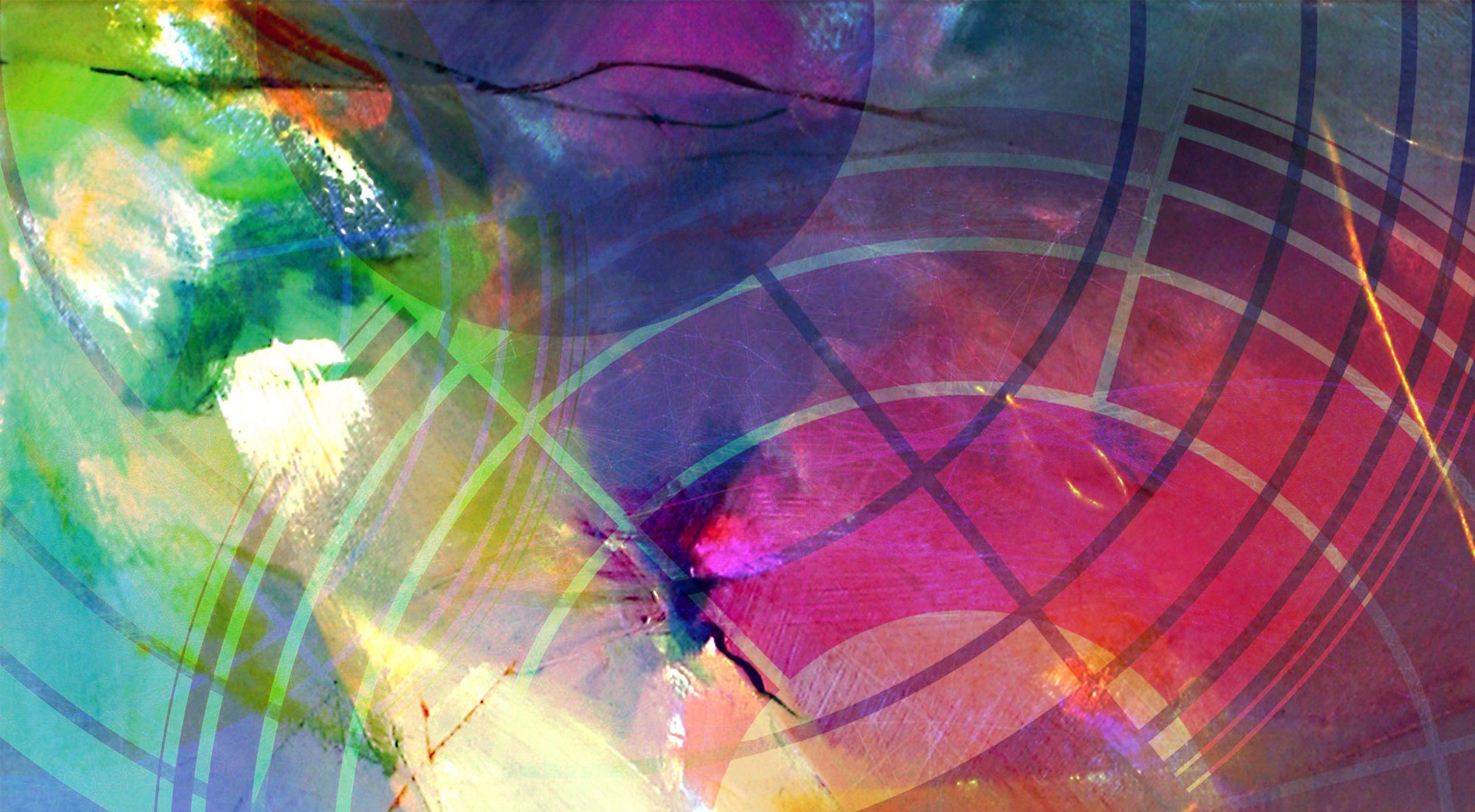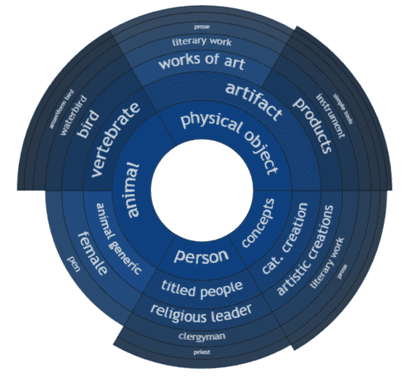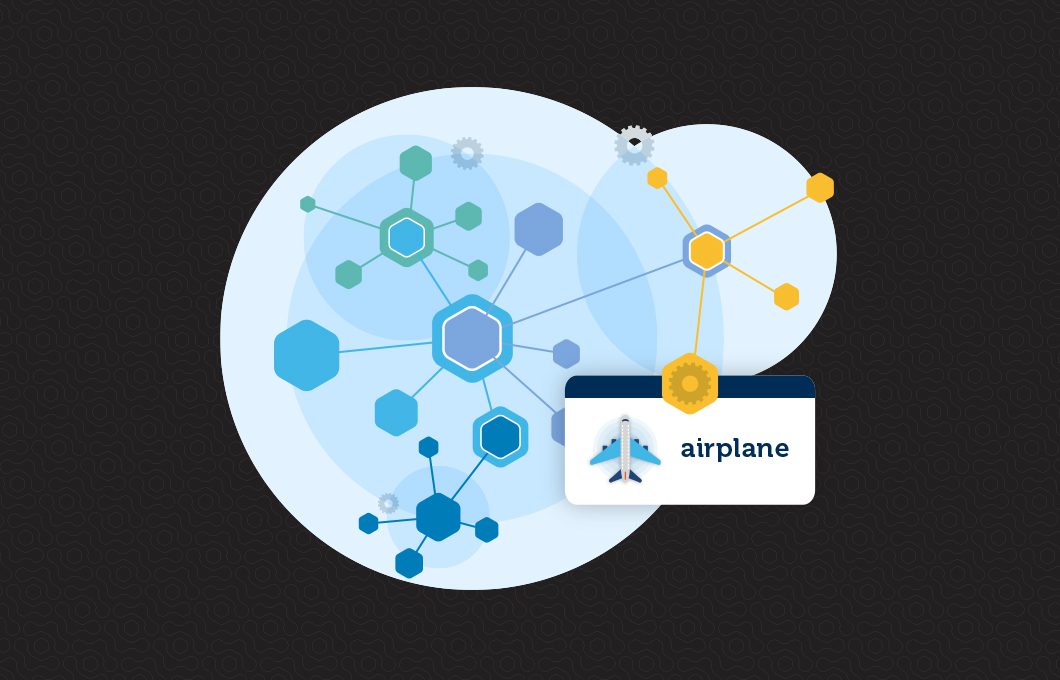
Mastering data
Why is a Knowledge Graph Important?
Knowledge Graphs are a tool used in AI to help enterprises connect and use large data sets. These graphs are derived from semantic relationships between words that are available in various domains and that are found in the data analyzed.
What are Knowledge Graphs?
Knowledge Graphs are a tool used in AI to help enterprises connect and use large data sets. These graphs are derived from semantic relationships between words that are available in various domains and that are found in the data analyzed. The relationships mapped can include a wide range of real-world entities such as people, places, objects, situations, or abstract concepts. The intelligent machine learning algorithms develop a common interface structure for all the related entities, represented as a Knowledge Graph. This further helps in building a conceptual framework around the main idea/concept of the data being analyzed.
How is Knowledge Graph prepared during Text Analytics?

Constructing a knowledge graph requires an understanding of the natural language used in the data sets. The process of generating a text-driven Knowledge Graph is stated below:
- Step 1: Text file or article converted into sentences
- Step 2: Consider sentences where there is one subject and object
- Step 3: Extract a single word entity from a sentence and assign the meaning within the context of the specific text
- Step 4: A graph with nodes and edges is then formulated to represent the knowledge derived from the analysis received from the extraction
Sounds easy? But it’s not, particularly because of the complexity and ambiguity that is naturally occurring in written and spoken language.
Types of Knowledge Graphs
A knowledge graph has no set format. It explains a collection of interlinked entity descriptions to which a structure has been applied. The most known form of knowledge graphs is Google Knowledge graphs and Enterprise Knowledge graphs.
Google Knowledge graphs
A Google Knowledge Graph collates information available on public domains to help users understand a particular subject related to their search terms. It appears as a box you will see on the right-hand side of the Google Search page, once you type a specific company, celebrity, or any concept in particular. It is also used for SEO.
Knowledge Graphs for Enterprises
Leverages an organization’s internal information such as e-mails, human resource information data, customer and vendor information, clients’ geographical location, etc. It is based on Semantic technology and comprises a Resource Description Framework that explains the data joined in a single graph with a meaningful structure derived from the same. Ontology, as a structure, helps in standardizing the data in a consistent format. Lastly, it connects all the entities in a centralized place to understand their interdependent relationships.
- The information derived from an Enterprise Knowledge Graph is used to show the factual information from real-life entities
- It also helps organizations in decreasing duplication of efforts between different teams as it combines different silos of data, thus giving a wider organizational perspective.
- It helps companies to enhance their knowledge management systems and connects all the structured and unstructured data in a meaningful way. It gives a target and in-depth search results, thus increasing time efficiency
Sensigrapho
Patented algorithms that understand and copy the way humans read, and grasp text virtually in any format. It is the core of the Cogito AI platform designed by the Expert System. The precision rate of this system is more than 97%. This means that it can draw insightful recommendations from email, documents, transcriptions, databases, the internet, etc. Thus, increasing its accuracy.
Use Cases
Aeronautics and Space Science
NASA implemented Knowledge Graph to manage large data sets at scale. It revolves around the Space Launch System, Orion, and Exploration Ground Systems. It helps in systems engineering tasks such as the closing requirements, verification, and validation. This in turn helps them to make quick decisions.
Financial Markets and Risk Mapping
PwC uses the Knowledge Graph to map various risks along with multiple business units. This helps them in monitoring trade-related activities and avoids insider trading practices. It takes into account individual trading activities followed by restriction lists, HR data, E-mail, etc. All the collected information helps the company to identify complex risk patterns.
Investments
STOXX uses AI algorithms including knowledge graph techniques to classify the index constituents from the universe of the STOXX® Developed and Emerging Markets Total Market Index.
Conclusion
Irrespective of what sector it is, Knowledge Graphs has become a must-have solution that needs to be deployed at organizations. This helps enterprises and researchers have a competitive edge in the market. Thus, they can take advantage of being a first-mover in the market and in turn make validated, logical, and quicker decisions.



